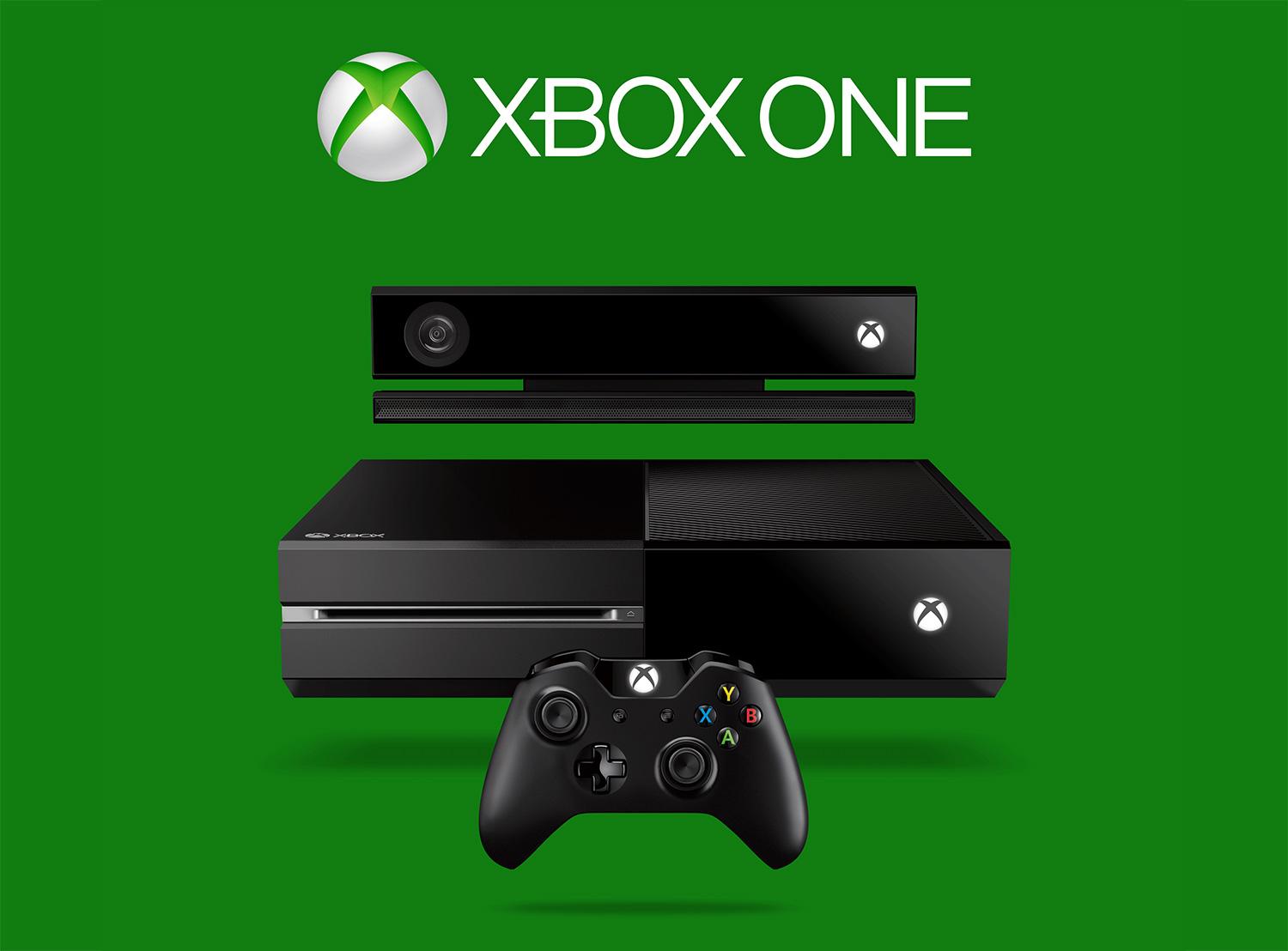X Box One Will Raise the Bar for Game Truck Parties
The Xbox One is shipping to market this holiday season, and its goal is to revolutionize the way gamers utilize its entertainment into one central hub. Microsoft has created its next console to provide users with access to gaming, television, downloading content and social networking all on the fly and with zero layover. Can Microsoft deliver on such an ambitious endeavor? They’ve had a rocky start convincing their fans thus far.
The Xbox will be released November 22nd and will be accompanied by 23 titles to get gamers started. This may help to ease the sting of losing backwards compatibility to play older console discs, but that is still a pretty deep cut. Nevertheless, 23 games is a good start before getting into the New Year and consumers will likely be happy from which they have to choose. Microsoft will also be packaging a gaming headset and Kinect camera with every console, likely adding to the extra $100 on their price tag, compared to the PS4.
The bundle doesn’t come without its drawbacks, however, as the Kinect is shifting the way Xbox wants to immerse its gameplay. Essentially, they are slowly molding each game – as well as console programs and features – into camera-based interactivity. Some actions are simple and may generally go unnoticed, while others are more heavily engaged into using this feature. While this can and will likely add up to some great gaming moments and unique strategic options to gameplay, how many is accessories are too many accessories when it comes to increasing your gaming experience? When a player wanting to simply kick back and get a game started becomes an issue of having a handful of add-ons all up to date and functioning properly, the recreation of videogames starts to lose its appeal; historically, more moving parts have a greater chance of having more problems.
The new console is utilizing ‘the power of the clouds’ with Microsoft’s sky drive, which will focus more downloadable games and content to be available via streaming. One of the great things the Xbox One is emphasizing is the ability to play and view your online-purchased content while it’s still downloading; nearly instantly. The new Cloud storage also allows every gamer to access all of the downloaded purchases across any console in the world once they log into their gaming account. This immensely adds to a new level of gaming technology, convenience and portability. The Microsoft team and other independent gaming developers have already voiced their excitement about the greater possibilities to update and expand the game worlds of previously released titles using this new step towards a constant-streaming, public-stored database.
To help keep the transfer of data moving freely, Microsoft has also instilled an ‘Always On’ feature to the Xbox that keeps the console running around the clock, either completely or on a low-powered setting for streaming. This is what gives Cloud storage its edge to allow users to play games as they are downloading, so that even when a player is finished and out of the room, the console can do its work. This feature also helps to allow Microsoft’s OS to readily identify anyone that wants to use the console with their new facial account recognition. Any gamer that creates a gamertag in that console can bring up all of their favorites including games, apps and television or movie picks just by grabbing a controller and being recognized by the Kinect camera. The question is: is this feature really necessary, and is it worth the constant use of electricity?
Then of course is the biggest topic up for debate; Microsoft’s initial debut of the Xbox One and their work to course-correct the issues they created with their audience in the months to follow. The console’s original unveiling pushed Microsoft’s plans to charge sub fees to play used game discs and share games with family and friends; this premise went over about as well as a hornet’s nest in gym locker room… and was viewed as unanimously irritating amongst the public. The masses also began to draw up issue with the company’s early plans for the Kinect camera as well as a constant internet connection, stating that both would be mandatory to enjoy gaming and console entertainment. With so much negative response, Microsoft made a bold play to go back and reshape the package based on their devoted fan’s wishes. It was a very strong, endearing message from such large and powerful corporation to give the people what they want, but it leaves some to wonder just how much direction this company has to create a product and be confident enough to stand behind their work.
There are still a lot of pieces on the board to make a final verdict, either for or against, before the Xbox One releases, but it will be very interesting to see what unfolds in the meantime. Microsoft has been trying to all but spell out their mission statement at this point to reassure their supporters of a great entertainment center to come, but time will tell if the pieces fall in their favor.



